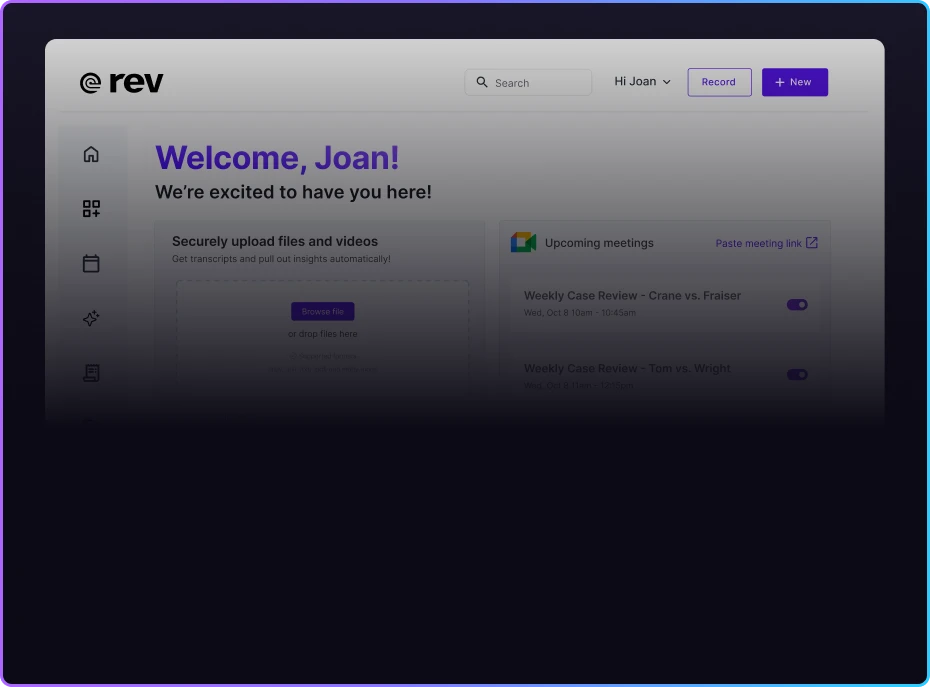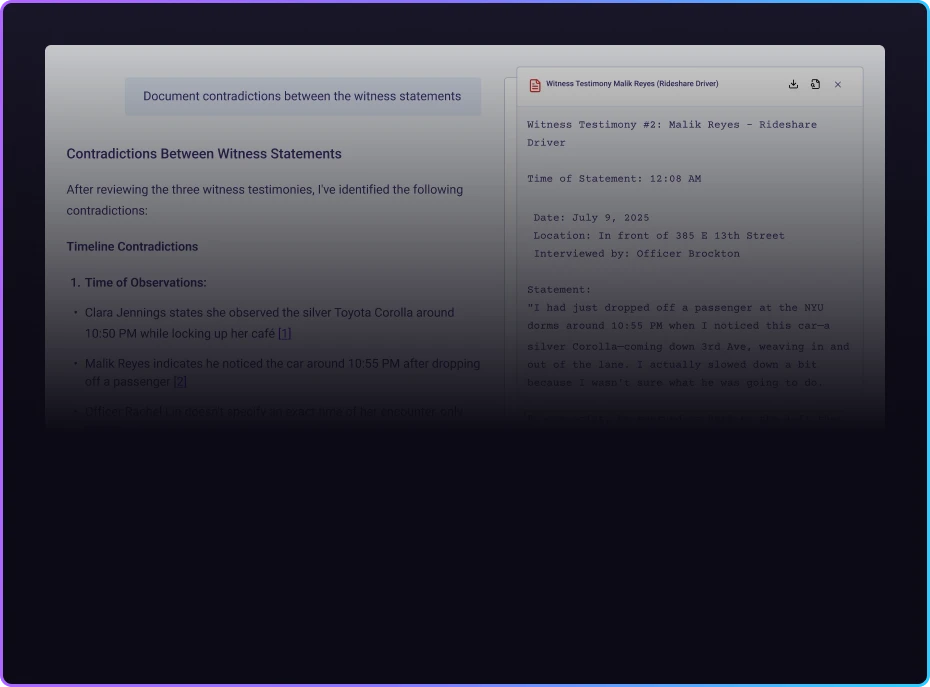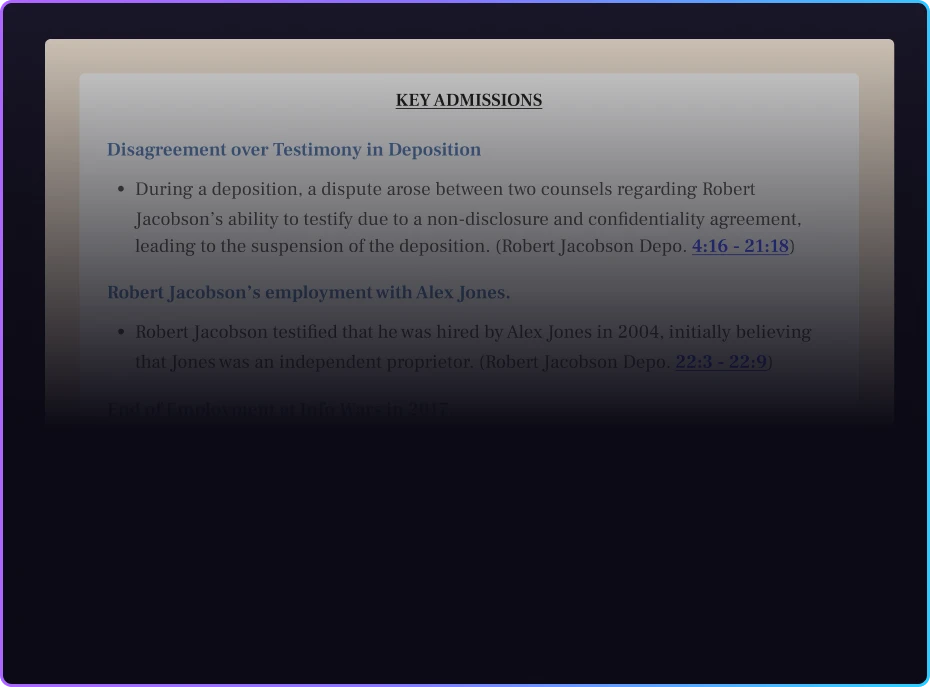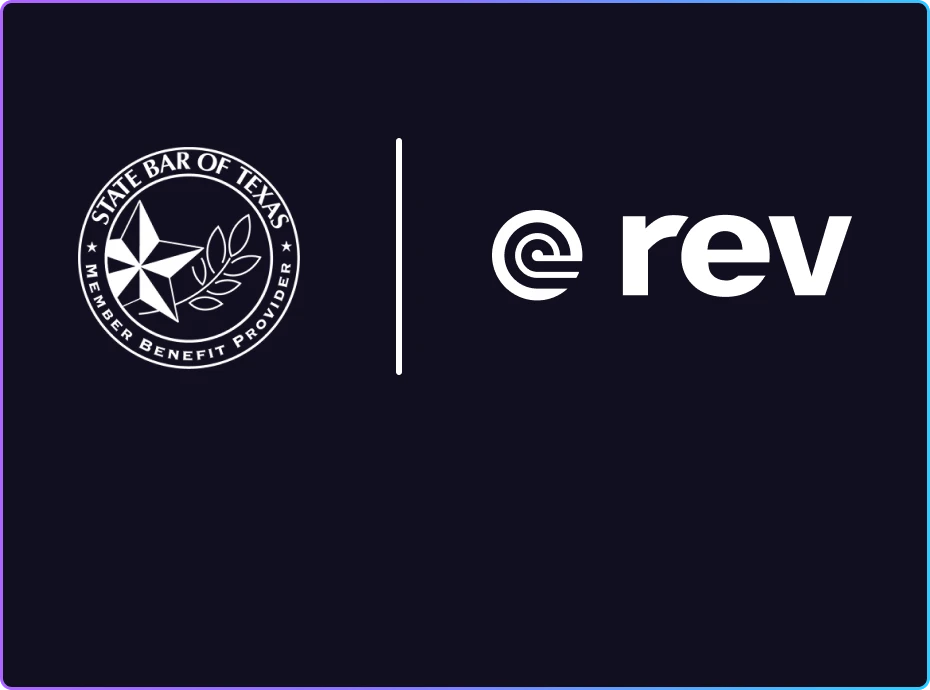Rev’s Transcript Library
Explore our extensive collection of free transcripts from political figures and public events. Journalists, students, researchers, and the general public can explore transcripts of speeches, debates, congressional hearings, press conferences, interviews, podcasts, and more.

Nvidia CEO Fireside Chat
NVIDIA founder and CEO Jensen Huang participates in a fireside chat on securing U.S. leadership in Artificial Intelligence. Read the transcript here.

Isaacman Confirmation Hearing
Senate confirmation hearing for NASA administrator nominee Jared Isaacman. Read the transcript here.

Senate Healthcare Hearing
Senate Healthcare hearing tackles how to make health care more affordable. Read the transcript here.

Corporate Average Fuel Economy Executive Order
Donald Trump announces he is rescinding the Corporate Average Fuel Economy standards. Read the transcript here.

Dell Donation to Trump Accounts
Michael and Susan Dell donate $6.25B to fund Trump Accounts for children. Read the transcript here.

Pentagon Press Briefing for 12/02/25
Kingsley Wilson delivers the Pentagon Press briefing for 12/02/25. Read the transcript here.

Presidential Cabinet Meeting 12/02/25
Donald Trump holds the final Presidential Cabinet meeting of 2025. Read the transcript here.
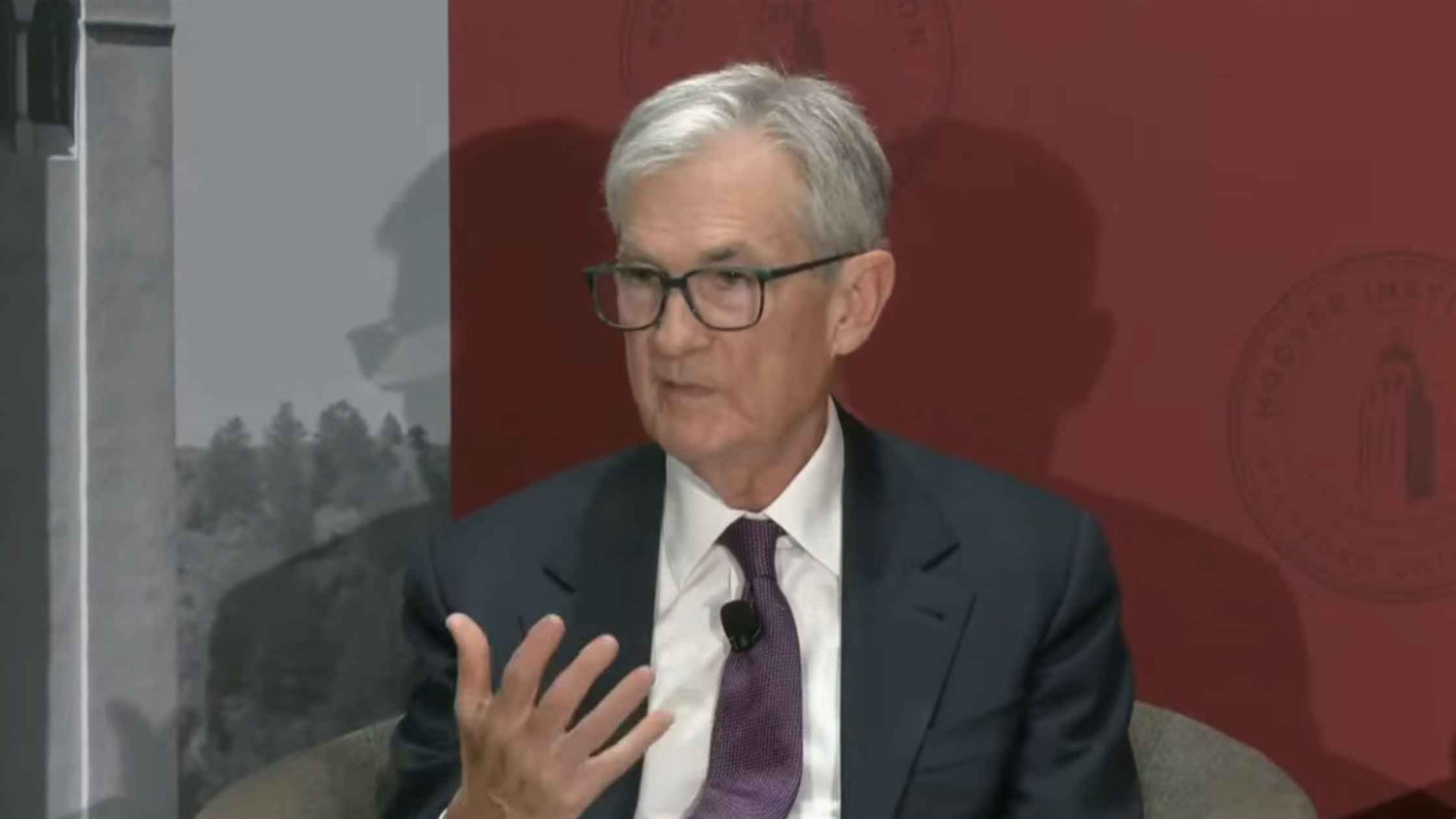
Powell Speaks at Stanford
Federal Reserve Chair Jerome Powell speaks at the Hoover Institution at Stanford University. Read the transcript here.
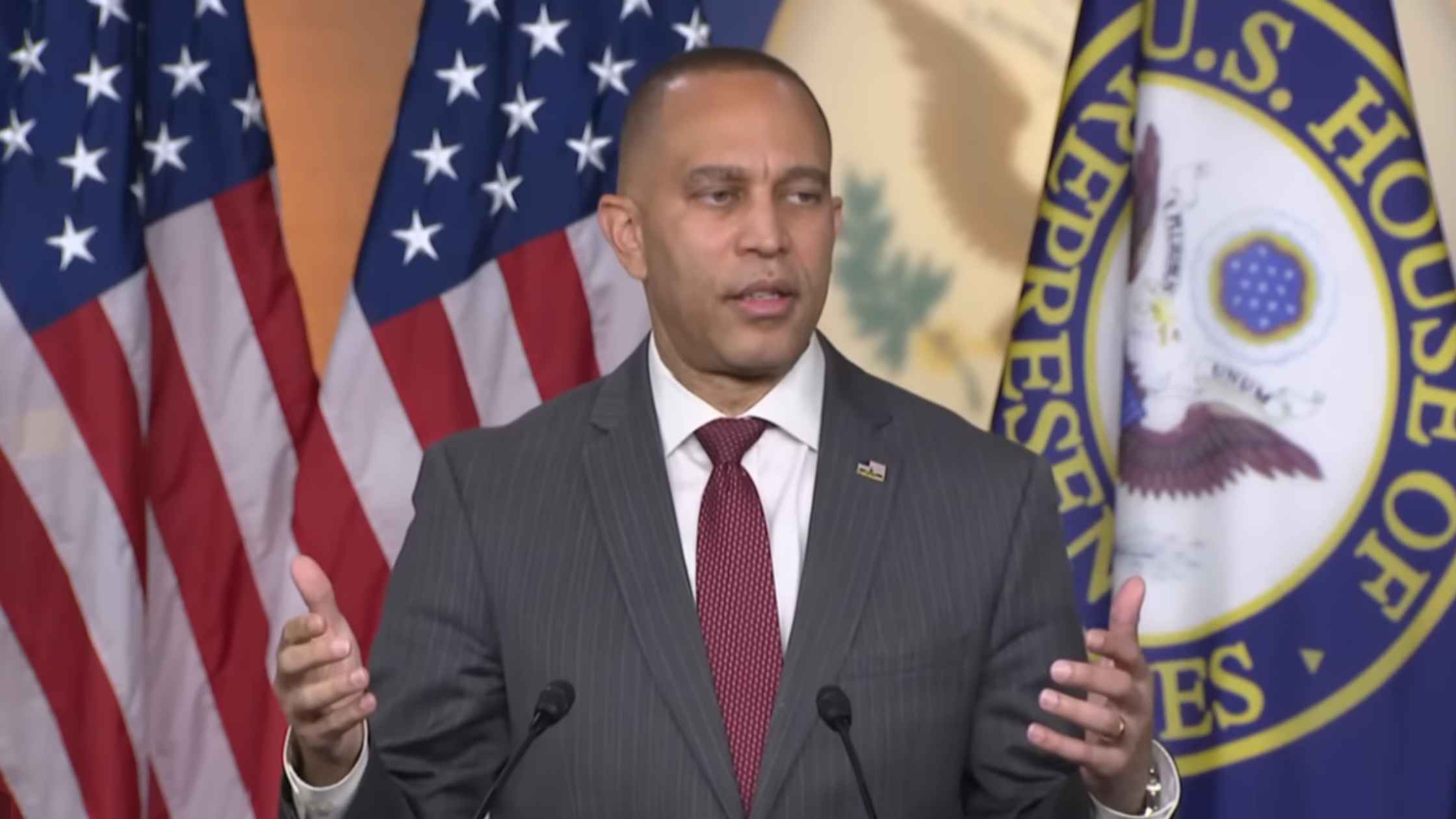
Hakeem Jeffries Press Conference 12/01/25
U.S. House Democratic Leader Hakeem Jeffries holds a press conference on 12/01/25. Read the transcript here.
Subscribe to The Rev Blog
Sign up to get Rev content delivered straight to your inbox.

